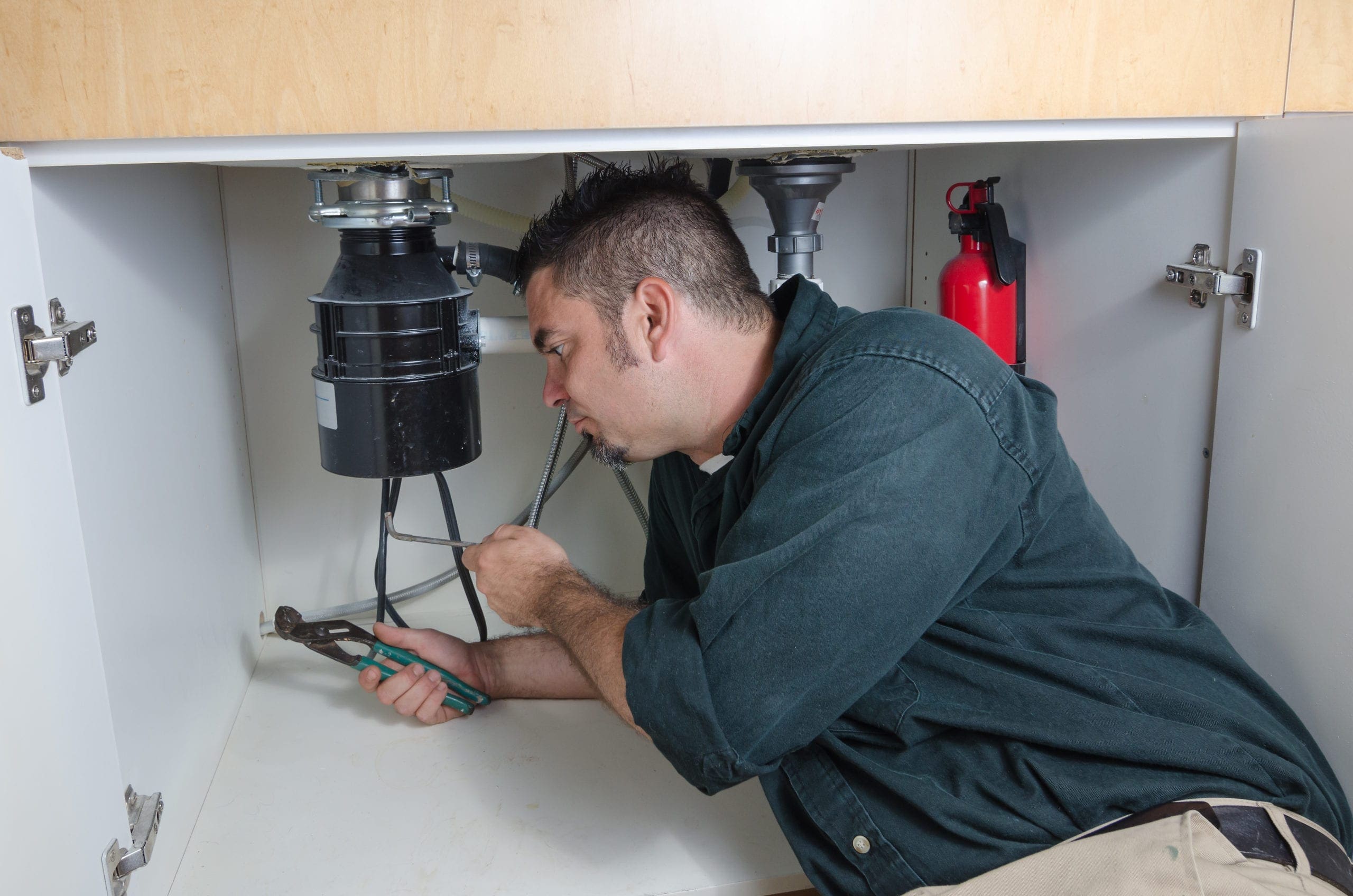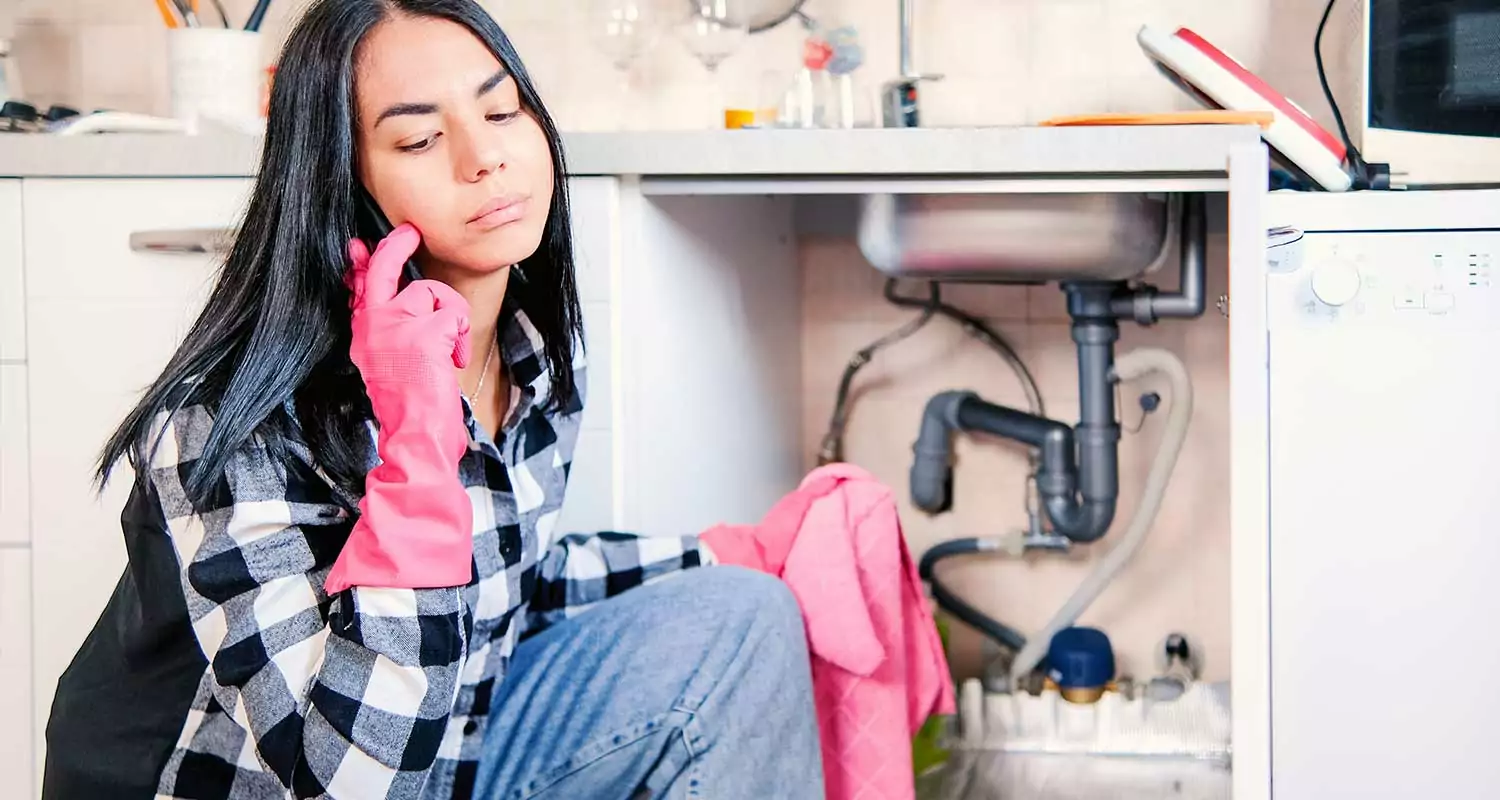Do It Yourself or Consult a Qualified Plumbing Service? Understanding the Variation
Do It Yourself or Consult a Qualified Plumbing Service? Understanding the Variation
Blog Article
How do you feel in relation to DIY vs. Professional Plumbing Repairs: When to Call a Pro?

Intro
Pipes problems can range from small inconveniences to significant headaches, usually prompting property owners to decide in between tackling the issue themselves or calling a professional plumbing. Understanding when to do it yourself and when to look for expert assistance can save time, cash, and avoid prospective calamities. This short article explores the factors to think about when making this essential decision.
Advantages of Do It Yourself Pipes
Taking on plumbing jobs yourself can be satisfying in a number of methods, specifically for simpler jobs.
Expense Savings
DIY plumbing jobs typically conserve money by avoiding specialist service charge. Jobs like repairing minor leaks, changing taps, or setting up new showerheads are instances where property owners can deal with fixings without employing a plumbing.
Skill Improvement
Participating in do it yourself pipes uses an opportunity to discover and improve functional abilities. Standard jobs encourage home owners to understand their plumbing systems much better and gain self-confidence in taking care of small fixings independently.
Dangers of DIY Pipes
While DIY tasks supply benefits, particular risks must be carefully thought about before trying repair work.
Complexity of Tasks
Some plumbing problems need specialized expertise and tools beyond common homeowner abilities. Messing up intricate problems can bring about further damage and expensive repair work.
Safety and security Concerns
Working with plumbing systems entails risks such as direct exposure to water damages, possibility for electric risks, and handling tools incorrectly. Security safety measures must be observed to prevent accidents and make certain efficient repair services.
Indicators to Call a Professional Plumbing
Recognizing when a pipes problem surpasses DIY abilities is essential to stop aggravating problems.
Signs of Complex Problems
Examples consist of:
Motivate specialist treatment is required to address these concerns properly and decrease damage.
Do It Yourself Pipes Tips
For successful DIY plumbing, it's important to be prepared with the right devices and adhere to appropriate procedures.
Standard Tools and Products
Key tools for do it yourself plumbing:
Step-by-Step Guides
Clear instructions make sure secure and reliable DIY repair services:
Selecting the Correct Time to Do It Yourself
Figuring out when to take on plumbing jobs yourself requires analyzing both the intricacy of the problem and individual convenience degrees.
Assessment Checklist
Consider:
When to Most Definitely Call an Expert
Certain scenarios demand instant skilled interest to stop substantial damages or security hazards.
Instances include:
Searching for and Employing an Expert Plumbing Professional
Picking a certified plumbing makes sure dependable solution and satisfaction in resolving plumbing issues.
Standards for Option
Factors to consider:
Expense Analysis: do it yourself vs. Specialist Solutions
Contrasting the monetary ramifications of DIY efforts versus professional plumbing services assists in making notified decisions.
Financial Considerations
Review:
Conclusion
Determining whether to do it yourself or call a specialist plumbing depends upon comprehending the intricacy of pipes problems and individual abilities. By considering the advantages and threats, property owners can make educated choices that promote efficient maintenance and guard their homes from plumbing calamities.
DIY Plumbing Projects: What Homeowners Can Do and When to Call a Professional
Welcome to our comprehensive guide on DIY plumbing projects. In this blog post, we aim to empower homeowners with the knowledge and skills to tackle basic plumbing tasks around the house. From unclogging drains to fixing a leaky faucet, we’ll walk you through step-by-step instructions on how to handle these common issues.
However, not all plumbing problems can or should be solved with a DIY approach. Recognizing when a problem is beyond your skill level and requires professional intervention is just as important as knowing how to perform basic tasks. We’ll also discuss the signs that indicate it’s time to put down your tools and pick up the phone to call a professional plumber. By understanding when to DIY and when to call a professional, you can save time, avoid potential disasters, and ensure your home’s plumbing system remains in top shape.
Understanding Plumbing Basics
Before we dive into the DIY projects, let’s take a moment to understand the basics of your home’s plumbing system. A typical residential plumbing system consists of two major components: the water supply system, which brings fresh water into your home, and the drainage system, which removes waste water. These systems are made up of a network of pipes, valves, and fixtures that work together to deliver clean water and dispose of waste efficiently.
Regular maintenance of your plumbing system is crucial to prevent minor issues from escalating into major problems. This includes tasks like checking for leaks, removing minor clogs, and ensuring your pipes are insulated for winter. By performing these tasks regularly, you can extend the lifespan of your plumbing system, save money on water bills, and maintain the comfort and hygiene of your home.
In the following sections, we’ll explore some common DIY plumbing projects that homeowners can handle, as well as situations that require the expertise of a professional plumber. Whether you’re a seasoned DIY enthusiast or a beginner, this guide will provide you with valuable insights into the world of home plumbing.
DIY Plumbing Projects Homeowners Can Handle
Plumbing may seem intimidating, but there are several tasks that homeowners can confidently tackle with a little guidance and the right tools. Here are a few common issues you might encounter and how to address them.
Unclogging Drains
Use a Plunger: This is your first line of defense. A good old-fashioned plunger can dislodge the obstruction and clear the drain in many cases. Try a Plumber’s Snake or Hand Auger: If the plunger doesn’t work, a plumber’s snake or hand auger can reach deeper into the pipe to break up the clog. Use a Drain Cleaner: If physical methods fail, a chemical drain cleaner can dissolve the clog. However, use these products sparingly as they can damage your pipes if overused.

I was made aware of that report on When to DIY and When to Call a Professional Plumber from an associate on our other blog. Liked our article? Please share it. Help another person check it out. We appreciate reading our article about DIY vs. Professional Plumbing Repairs: When to Call a Pro.
Get Quote Now Report this page